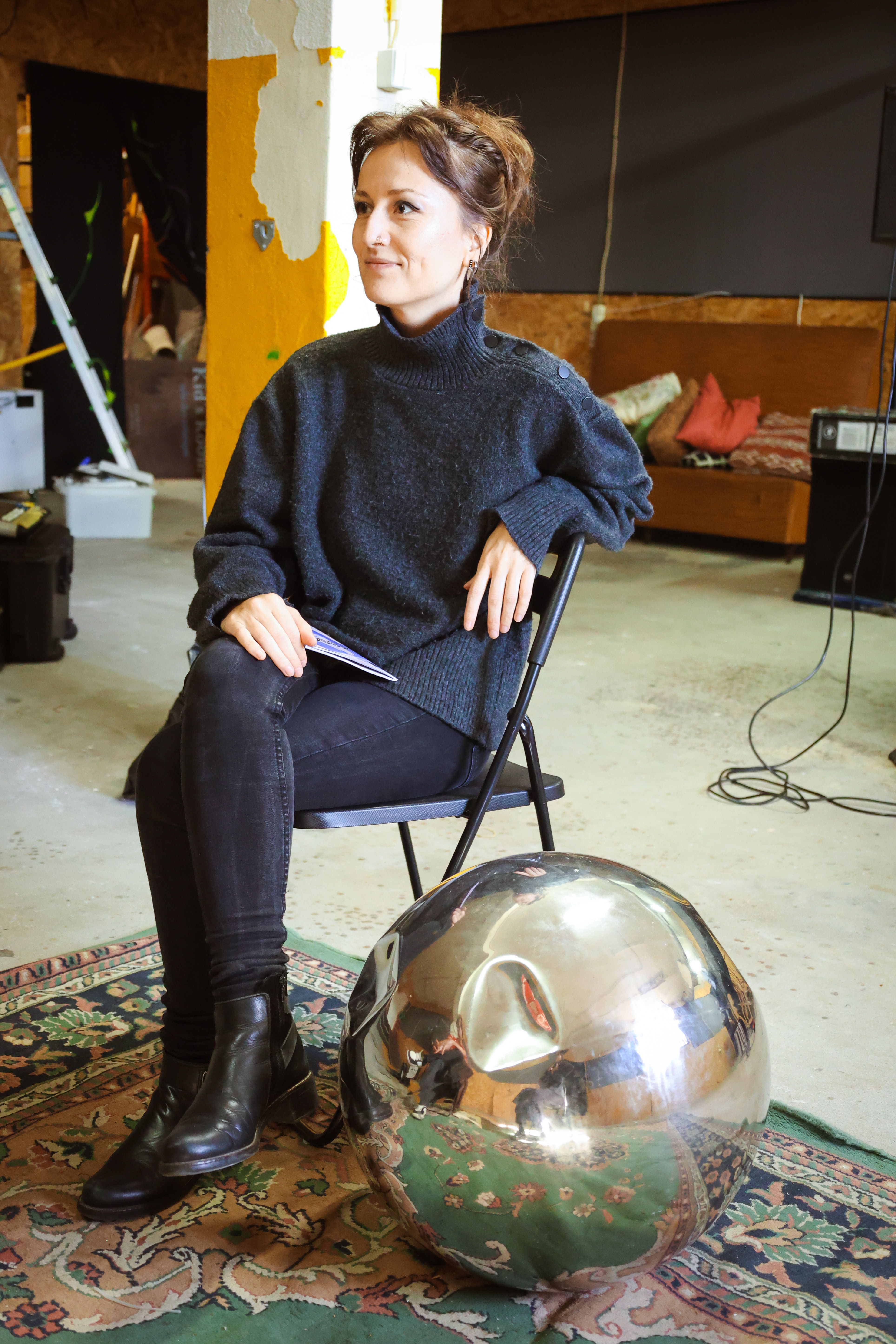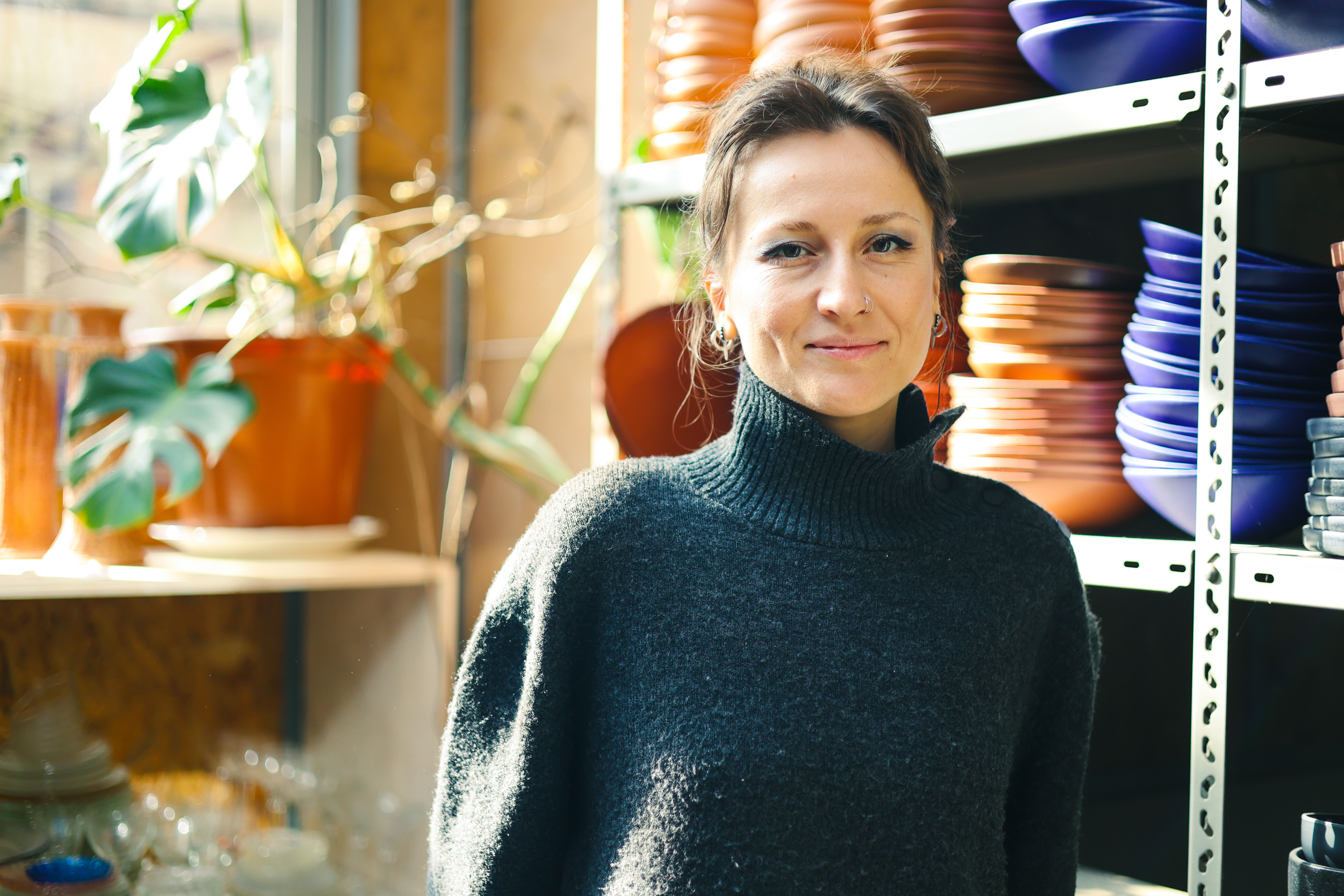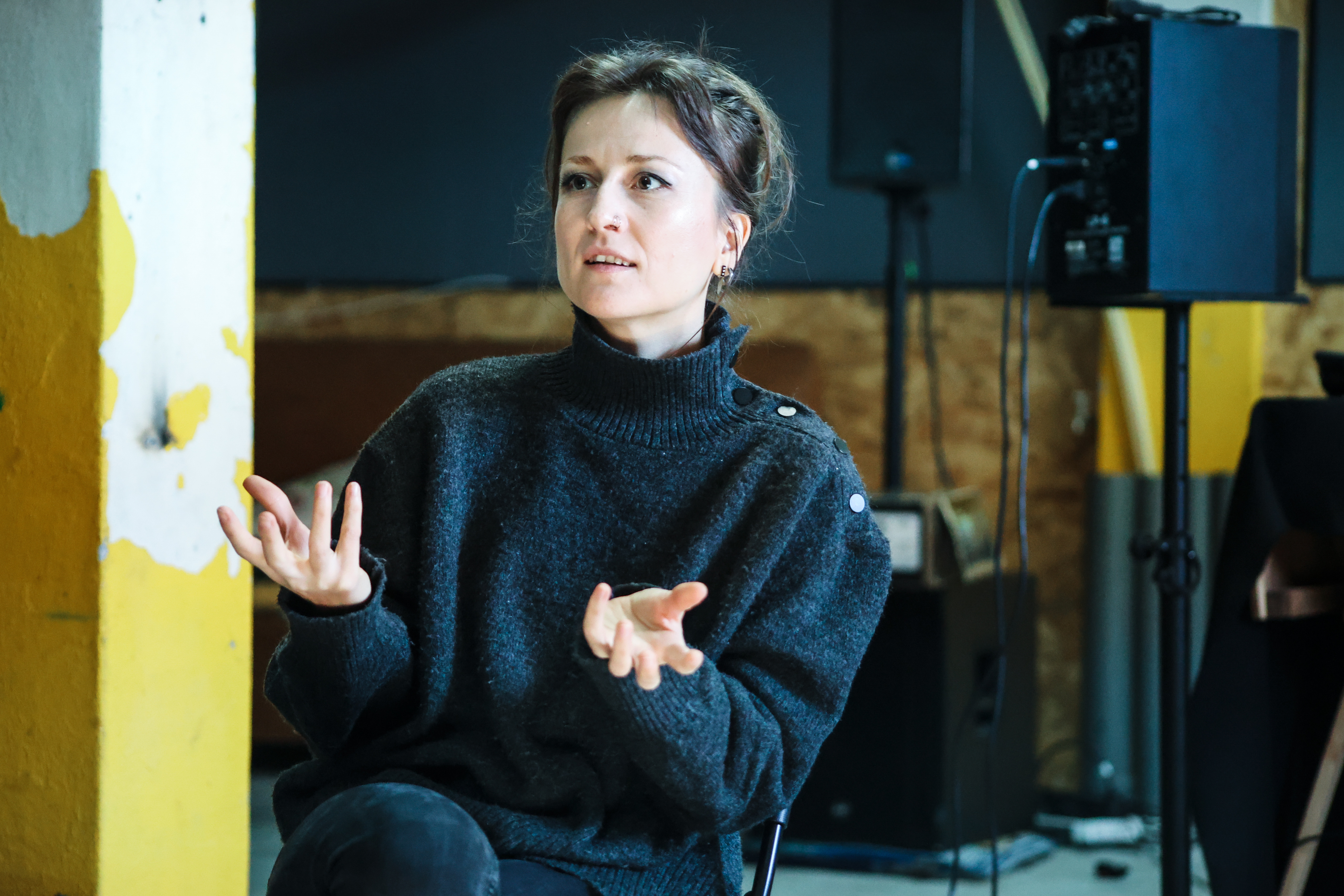EN

Ece Canlı is preparing to release her second solo album. The researcher, artist and musician employs extended vocal techniques and electronics to create dreamlike, immersive soundscapes. We spoke to her about what shapes a musical expression that defies structures.
Born near Istanbul, Turkey, Ece's musical adventure began in a fairly classic way — in her own words, ‘a cliché’. She started learning guitar at the age of 12, unlocking a fever for songwriting when her father gave her a small tape recorder. These first exercises were always built on classic singer-songwriter moulds - exercises that Ece still listens to with gusto, but from a certain point on she felt ‘I didn't know where I could take it any further’. ‘I felt trapped in the formats and the style. So I just gave up the guitar and stopped playing.’
It was when she moved to Sweden to study design that she came into contact with experimental music and performance, and everything changed: ‘I realised it was what I could have done. A freedom of form and expression. I immediately felt the urge to play again, to return to performance.’ However, the guitar had been left behind for some time. ‘I was in a situation where the only instrument I had with me was my voice.’ From then on, she began to explore the spectrum of her voice, not only looking for its full potential, but also for what lay at its limits. ‘I was already singing and I knew the limits of my voice, so I thought it would be interesting to use those limits too, to realise why they were there and to work on that area.’

© Inês Aleixo

© Inês Aleixo
To this practice of extended vocal techniques he added the idea of extralinguistic expressions: ‘When I was doing research work in Sweden, I had to write in English, and sometimes a better word would come to me in Turkish. At a certain point I asked myself why I limited my artistic practice to one language. You can always mix languages, and even go further: use phonemes that are evocative, that have more emotion than strict meaning.’
The ingredients came together, and only one was missing to form Ece Canlı as we know her today: she moved to Porto after deciding to pursue a doctorate at the Faculty of Fine Arts. The year 2020 saw the release of Vox Flora, Vox Fauna, an album that the artist defines as being ‘in a way, more mundane, more present in this environment that surrounds us, full of sounds that take us back to an ecosystem’.
What separates S A C R O S U N, then, begins as early as 2021, when a creative work commissioned by RAMPA draws Ece to the current of Russian Cosmism at the beginning of the last century — a philosophical movement that represented an attraction to outer space, and to man's relationship with the cosmos. ‘I became obsessed with the research I was doing for this performance, and those ideas stayed with me. Shortly afterwards, I collaborated on a project with Mariana Pestana on the so-called 7.83 Hz - the electromagnetic resonance of the planet, inaudible to humans.’ Thus, S A C R O S U N departs from the organic settings of the album that precedes it for a journey through vibrations, resonances and frequencies that evoke the secret music of the stars.
But that's not the only thing that separates Ece Canlı's two albums. While in Vox Flora, Vox Fauna, the artist crystallised the improvisations and layering she had been doing in her live performances, in this album, which is more demanding in terms of production and editing, the idea is to start from the first concert with a free interpretation. ‘In a concert, the album will always be transformed. Because to listen to an album in a linear way, there are digital platforms. But for this album in particular I'm looking forward to seeing how it's going to be presented on stage, because it's going to undergo a radical transformation - which I hope will in turn bring me even more new things.’

© Inês Aleixo
The transformation of S A C R O S U N will take place for the first time on 15 November at Passos Manuel, at the launch party. After the concert, there will be space for three DJ sets: 2rana 3crana (or Jussi Brightmore, from the British noise scene), Ângela Louve and Mamma Tehrani. Below, you can watch the music video for ‘Persistence of the Circle’, directed by Francisco Queimadela and Mariana Caló.
by Ricardo Alves
Share
FB
X
WA
LINK
Relacionados


